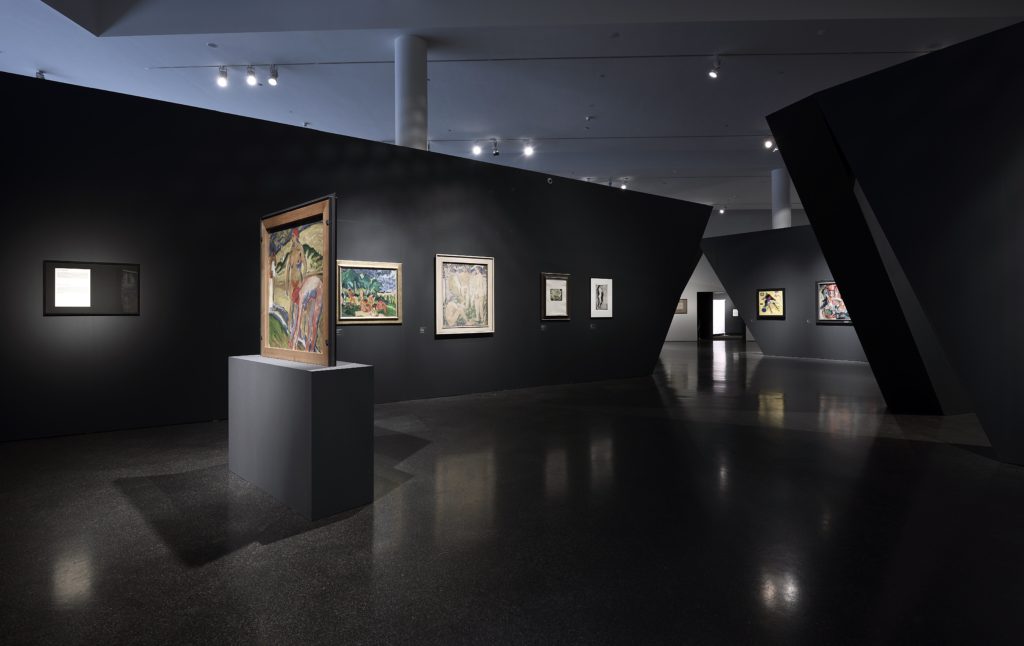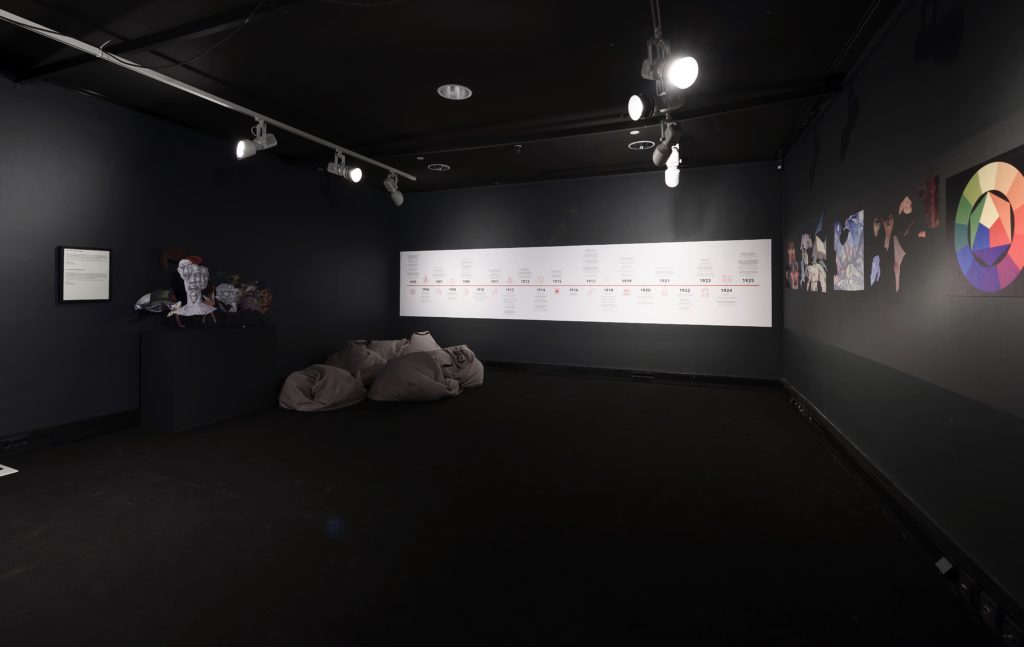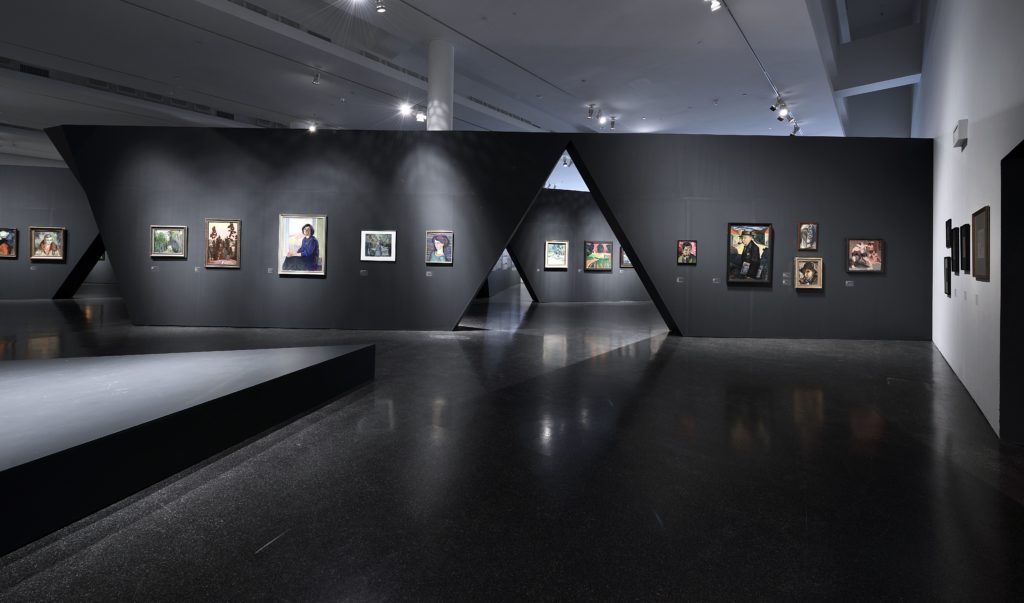As the designer of the exhibition and the architecture of the venue, I found it highly important to learn about the given topic and to study the exhibited authors and works in order to provide the art with an environment that would support and characterise it in the best possible way. What should an exhibition of expressionist art be like a hundred years after its creation? What should the architecture of the exhibition be like? I looked for answers in expressionist art and architecture.

Warning: Attempt to read property "parent" on false in /data01/virt61055/domeenid/www.arhitektuuripreemiad.ee/htdocs/wp-content/themes/eap/functions.php on line 430
Warning: Attempt to read property "name" on false in /data01/virt61055/domeenid/www.arhitektuuripreemiad.ee/htdocs/wp-content/themes/eap/functions.php on line 457
2018 nominee

Most of the students visiting “The Savages of Germany. Die Brücke and Der Blaue Reiter Expressionists“ had heard about the importance of the exposition representing highly valuable works by famous artists. They had less knowledge about what kind of works they are, what makes them special and why the artists are so famous. Seeing the works, students were surprised. Quite often we would hear that such works could have been painted by four-year-olds. Many students still believe that good art means only realistic works – paintings made before the expressionists. Thus, the exhibition allowed us to change their attitude and also introduce the social life in early 20th century, highlight their rebellious and innovative nature and courage to do something that may not be immediately accepted.
The works allowed the students to express their emotions, look into themselves and dream more than they would normally do. They could use lines as well as the body to express longing, sadness, joy and anger and then compare their results with the works by world-famous artists.
Kristel Soidra, curator of education




The opportunity to design the exhibition venue for the rebels of their time is a challenge also today putting your creativity to test. The tension revealed in every single work must reach the audience that is achieved as a result of the combined effect of various technical and spatial solutions.


What would be the culmination of the cooperation between me and the German Savages? On the conceptual level, it was appropriate to focus on the creative freedom in the exhibition design. The dominating role was to be given to the savage Germans who were accompanied by a more or less perceivable environment that I tried to solve in a key suitable for Expressionism. For that purpose, I had to dive into the depths of my own subconscious and see what would emerge to the surface.
Terje Kallast-Luure













































































































































































































